
Fortune News | Jan 26,2019
Dec 24 , 2022
By Chris Bradley , Marc Canal Noguer
Until the COVID-19 pandemic, humanity was making great strides in extending lives and increasing economic prosperity. It is critical that we return to that trajectory as the global economy recovers. New research, which examines progress at a granular level, can help us get there.
Typically, human progress is assessed at a country level.
On average, the 178 countries where data are readily available have an area of 700,000Sqm, populations of some 40 million people, and produce around 700 billion dollars in GDP. But there are vast differences across and within countries, and the effectiveness of efforts to enhance economic prosperity and human well-being depends on understanding these differences.
That is why our new report, "Pixels of Progress: A Granular Look at Human Development Around the World", paints a picture that is 230 times more detailed than a country-level perspective. Using night-time luminosity and other cutting-edge techniques to gather and analyze data, we examine population patterns, economic performance, and changes in life expectancy from 2000 to 2019 across more than 40,000 microregions, each averaging 3,000Sqm in area, 180,000 people, and three billion dollars in GDP.
This approach revealed, for example, that in 2019, almost half of the world’s population enjoyed living standards that, just 20 years earlier, had been attained by only 21pc of humanity (largely in OECD countries).
In 2000, 12 microregions along China’s coast – with populations of 71 million – boasted life expectancies of more than 72.5 years and GDP exceeding 8,300 dollars per capita, putting them in the top 30pc globally for both of these metrics. By 2019, 86pc of China’s population – 1.2 billion people – lived in a microregion with living standards exceeding those thresholds.
Beyond China, microregions containing 920 million people spread across 75 countries crossed the same threshold.
Similar gains were made at the other end of the spectrum. In 2000, more than one billion people resided in microregions with the lowest living standards. By 2019, the figure had dropped to just over 400 million people, despite population growth. India in 2000 accounted for 43pc of microregions where longevity was less than 65.6 years and income was lower than 2,400 dollars (the bottom 30pc globally); in 2019, it no longer had a single microregion in that category.
Overall, our granular approach shows that living standards declined only rarely and in places often identifiable only through a microregional lens. Country averages obscure differences in microregional realities: using regression analysis, we found that a country’s GDP per capita growth rate explains only about 20pc of the variation in growth rates in its microregions. In other words, economic progress is primarily explained locally.
For example, our analysis tells a more nuanced story in places where a country-level view showed falling GDP per capita. A country-level analysis shows that 191 million people in 20 countries experienced negative income growth from 2000 to 2019. But as we zoom in, we can see exactly where GDP per capita fell: in 6,300 microregions that are home to three times as many people – 574 million – in 100 countries. For 80pc of these people, income losses can be explained not by overall economic decline but rather by rapid population growth.
Then there are the microregions that have made particularly rapid progress.
Consider Dibër, a microregion tucked away in the Albanian Alps. Dibër’s economy remains highly agrarian, but since Albania joined NATO in 2009, the local authorities have been working to revive its once-thriving tourism sector – catering to affluent European travellers visiting the Peshkopi thermal baths – with the help of international agencies.
During the period we studied, the number of health tourists rose steadily as accommodations increased, while glacial lakes and old-growth forests attracted hikers and trekkers. Such developments may have helped to boost health and incomes in Dibër, where GDP per capita more than tripled – from 3,300 dollars to 10,200 dollars – between 2000 and 2019, and average life expectancy rose from 74.1 to 78.3 years.
Dibër’s experience represents a broader trend: income and longevity have grown faster in microregions that started out further behind, narrowing global gaps in health and prosperity. In 2000, the bottom five percent of the world’s population lived in microregions where life expectancy was less than 49.7 years, and the top five percent could expect to live over 30 years longer (more than 79.5 years). By 2019, that gap had narrowed to 23 years.
The pandemic interrupted – and even reversed – the progress we examined, but it did not extinguish the potential for further gains. With a more granular understanding of how past progress unfolded – one that informs, for example, how we deploy resources – we can put ourselves on a path toward fulfilling that potential. We may even be able to chart a faster, clearer, and more efficient course.
PUBLISHED ON
Dec 24,2022 [ VOL
23 , NO
1182]

Fortune News | Jan 26,2019

Radar | May 31,2020
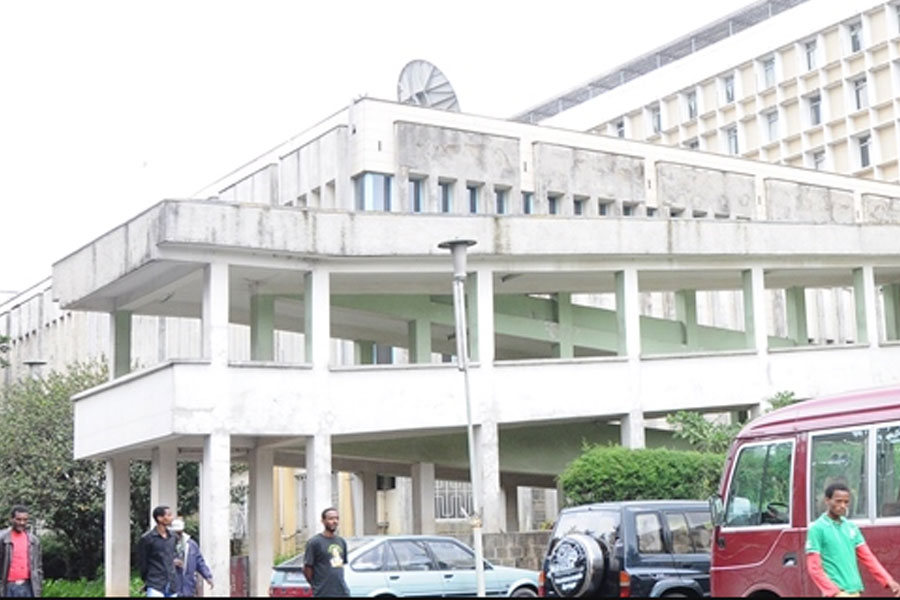
Fortune News | Mar 16,2019
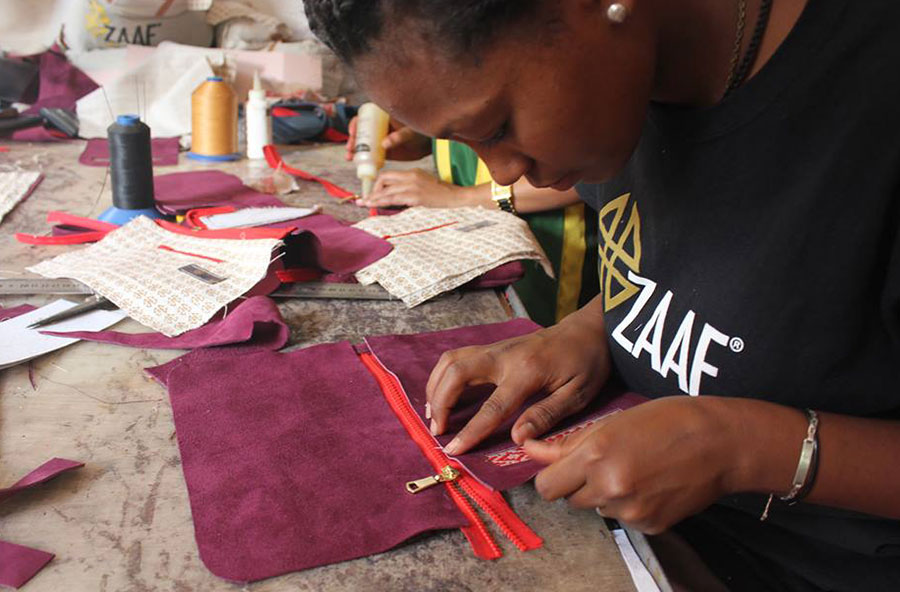
Fortune News | Dec 05,2018

Radar | Sep 18,2023

Radar | Sep 14,2025

Fortune News | Jun 08,2025

Radar | May 25,2019

Radar | Dec 25,2018
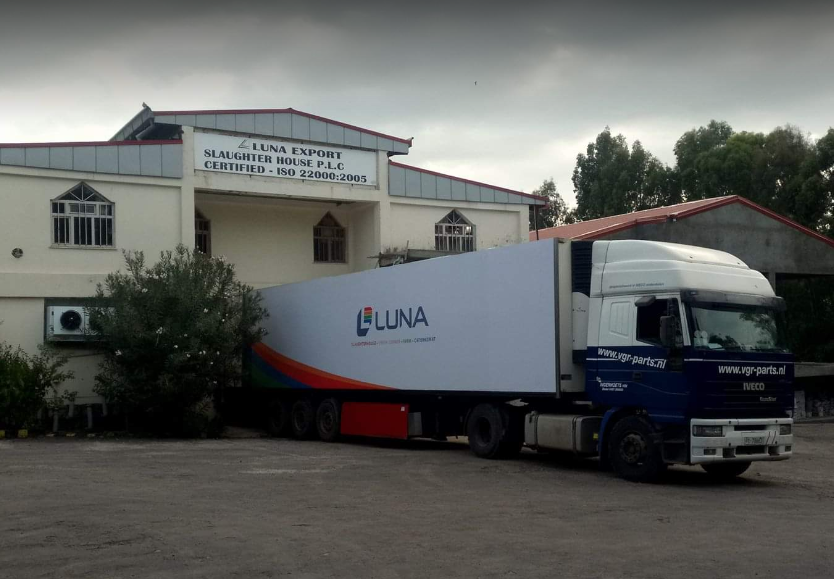
Fortune News | Mar 14,2020
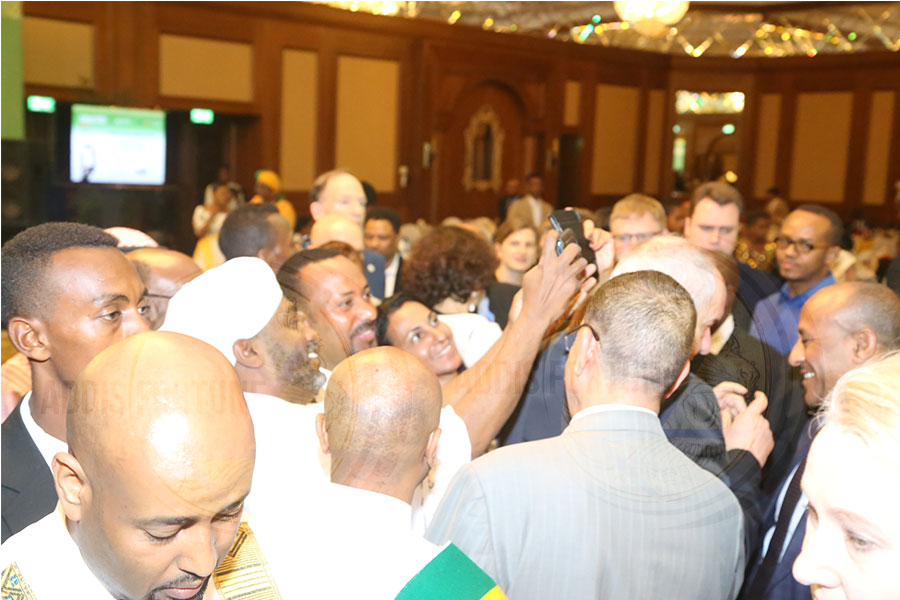
Photo Gallery | 175230 Views | May 06,2019
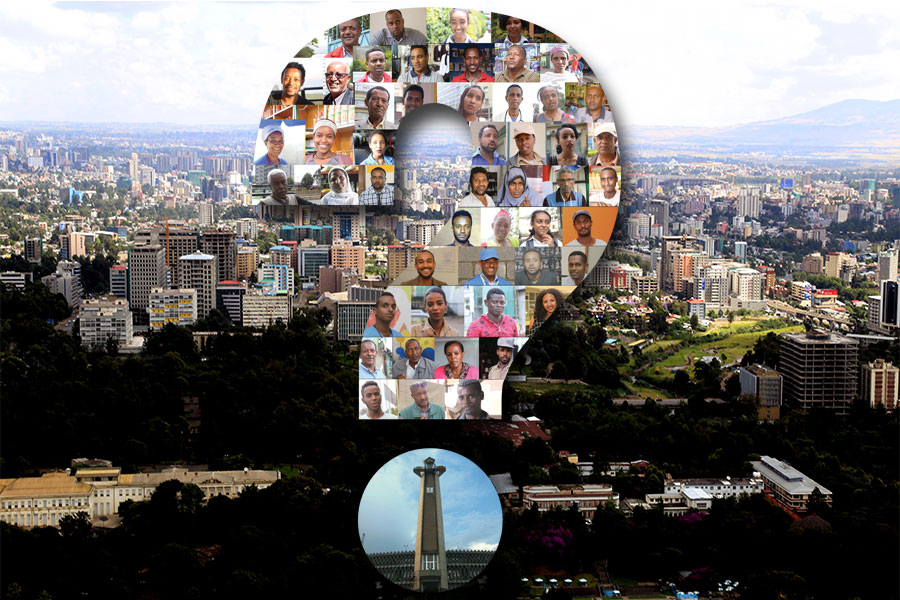
Photo Gallery | 165452 Views | Apr 26,2019
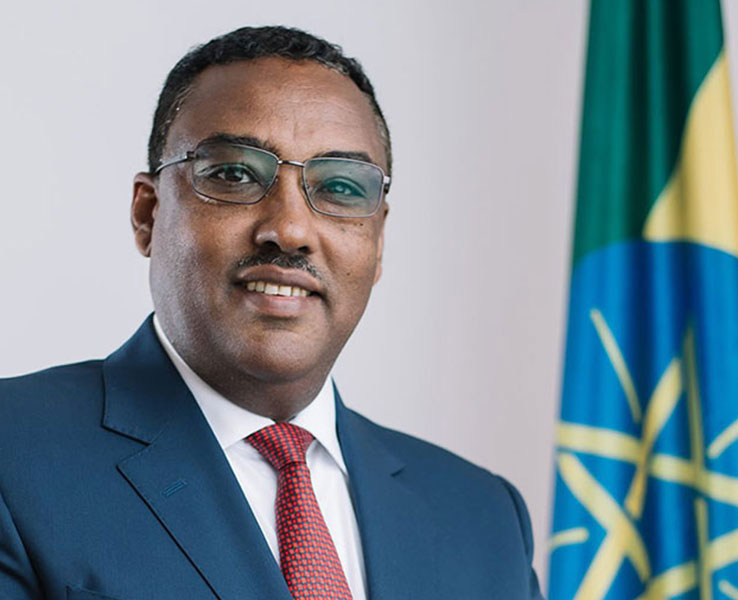
Photo Gallery | 155762 Views | Oct 06,2021

My Opinion | 136789 Views | Aug 14,2021
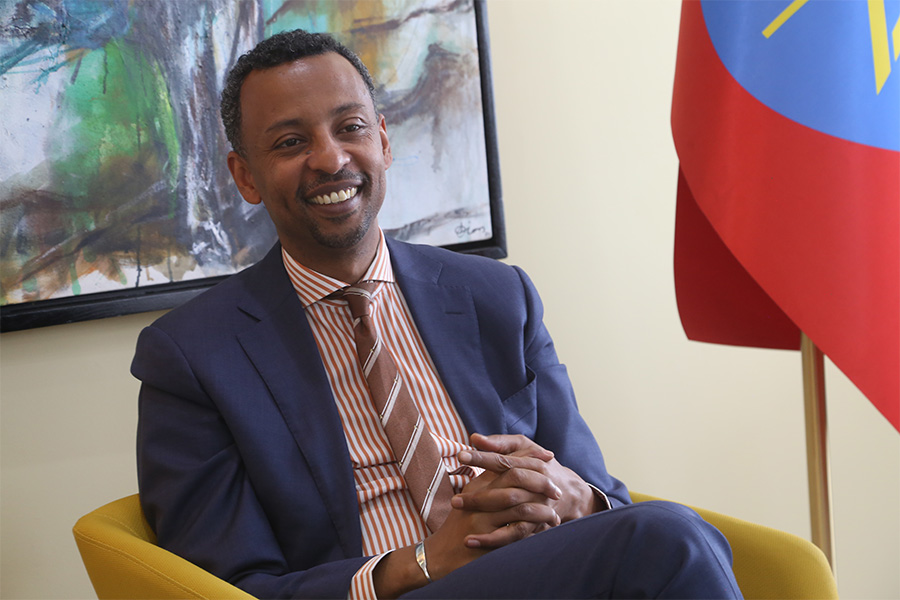
Dec 22 , 2024 . By TIZITA SHEWAFERAW
Charged with transforming colossal state-owned enterprises into modern and competitiv...

Aug 18 , 2024 . By AKSAH ITALO
Although predictable Yonas Zerihun's job in the ride-hailing service is not immune to...
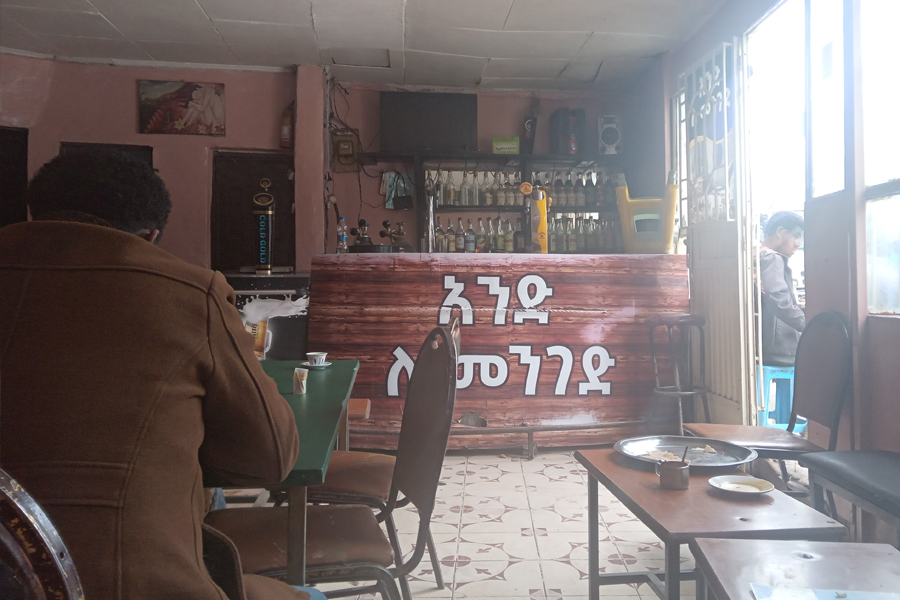
Jul 28 , 2024 . By TIZITA SHEWAFERAW
Unhabitual, perhaps too many, Samuel Gebreyohannes, 38, used to occasionally enjoy a couple of beers at breakfast. However, he recently swit...

Jul 13 , 2024 . By AKSAH ITALO
Investors who rely on tractors, trucks, and field vehicles for commuting, transporting commodities, and f...
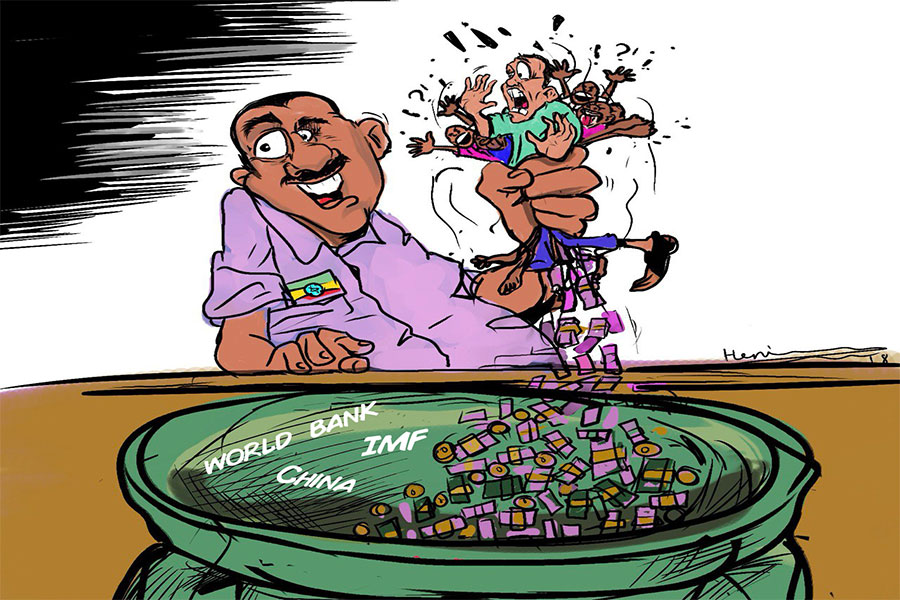
Oct 18 , 2025
The political establishment, notably the ruling party and its top brass, has become p...

Oct 11 , 2025
Ladislas Farago, a roving Associated Press (AP) correspondent, arrived in Ethiopia in...

Oct 4 , 2025
Eyob Tekalegn (PhD) had been in the Governor's chair for only weeks when, on Septembe...

Sep 27 , 2025
Four years into an experiment with “shock therapy” in education, the national moo...
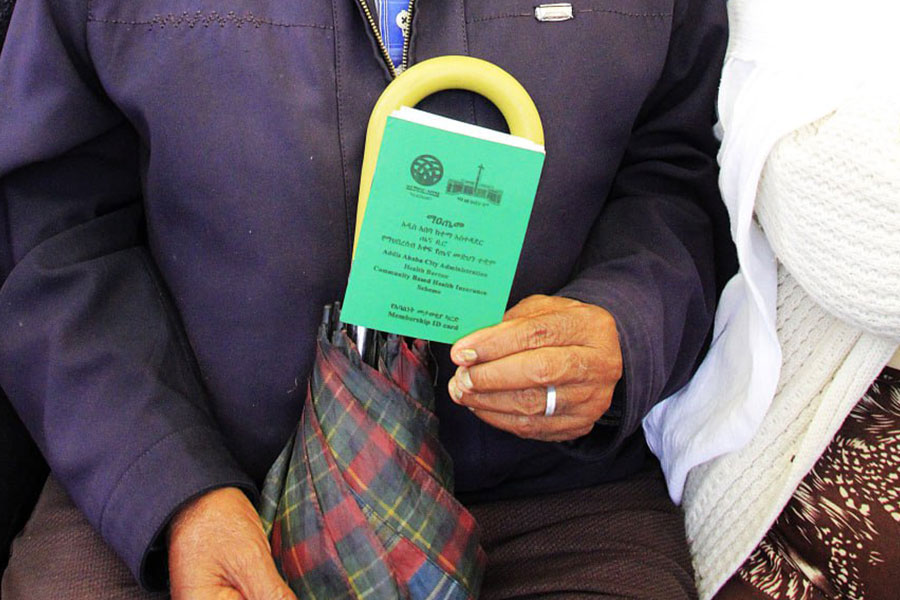
Oct 18 , 2025 . By NAHOM AYELE
In a sweeping reform that upends nearly a decade of uniform health insurance contribu...

Oct 18 , 2025 . By BEZAWIT HULUAGER
A bill that could transform the nutritional state sits in a limbo, even as the countr...

Oct 18 , 2025 . By SURAFEL MULUGETA
A long-planned directive to curb carbon emissions from fossil-fuel-powered vehicles h...

Oct 18 , 2025 . By BEZAWIT HULUAGER
Transaction advisors working with companies that hold over a quarter of a billion Bir...